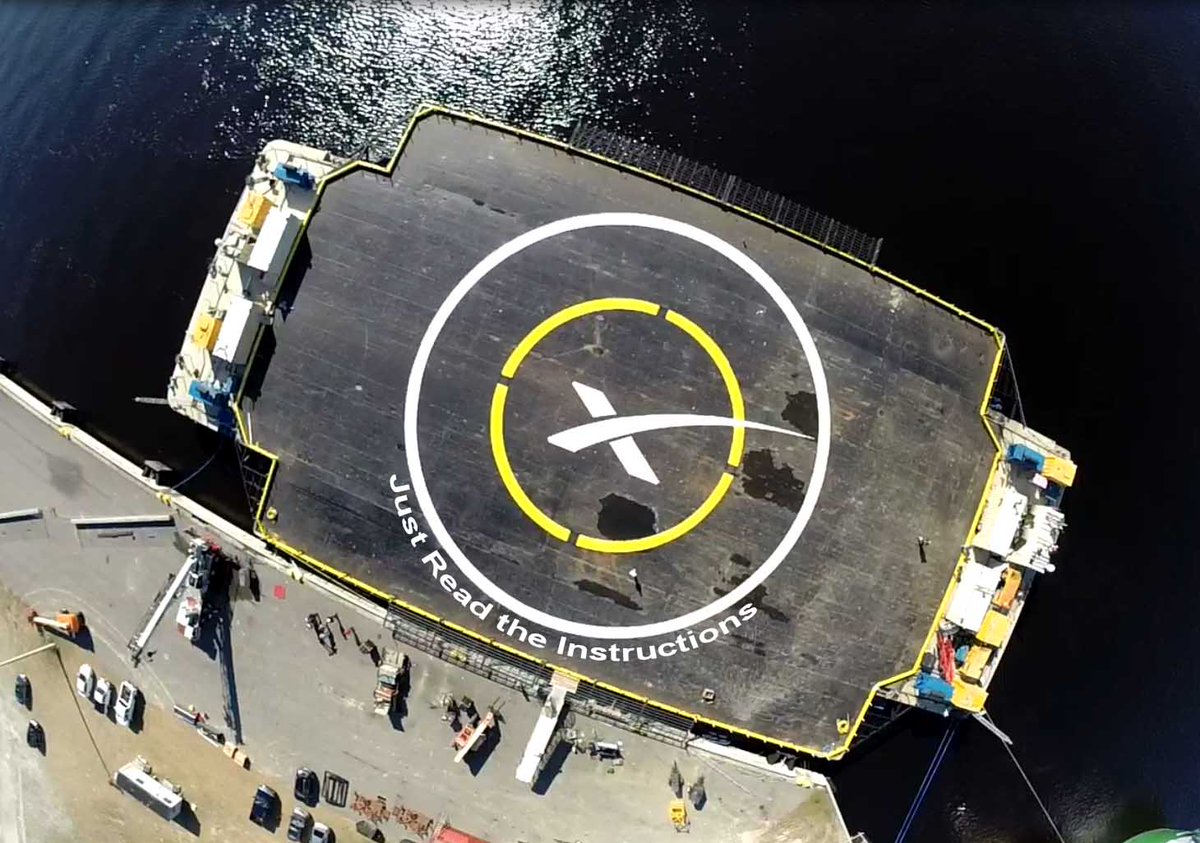AndyH
Well-known member
Edit 3
Next launch attempt: 6:03pm EST 11 Feb
Today's launch scrubbed due to out of limit winds aloft (in excess of 100 kts)
/edit 3
edit 2
SpaceX, NOAA, NASA, and the Air Force are now targeted to launch the DSCOVR satellite aboard Falcon 9 on Tuesday 2/10 at 6:05pm ET, with a backup launch opportunity on Wednesday 2/11 at 6:03pm ET. This re-schedule is due to loss of USAF range radar capability. SpaceX live-stream begins at 5:45pm ET.
/edit 2
edit...launch scrubbed for 8 Feb 15. Countdown stopped at T-2:29 due to a 1st stage transponder fault and a problem with the USAF's range radar. Next instantaneous launch window will open on 9 Feb 15 at 18:07:49 Eastern time/2:07pm Pacific.
/edit
NASA's Deep Space Climate Observatory satellite, DSCOVR, is launching for L1 (Lagrange point 1, ~930,000 miles from Earth) on 8 Feb 15 at 17:12:12 US Central, 18:12:12 Eastern.
The launch vehicle is a Falcon 9 with landing legs. This will be SpaceX's second attempt to recover the first stage booster and land it on a floating barge in the Atlantic ocean.
The pre-launch broadcast is in progress now on NASA TV, and will be carried by SpaceX as well.
DSCOVR will monitor solar winds and provide about one hour advanced warnings of damaging solar events that would harm satellites in orbit or our power grids. It will also monitor Earth and track our planetary energy balance.
http://www.nasa.gov/multimedia/nasatv/#
http://www.spacex.com/webcast/
http://www.nesdis.noaa.gov/DSCOVR/
http://www.nasa.gov/content/goddard/dscovr-mission-moves-forward-to-2015-launch/

Next launch attempt: 6:03pm EST 11 Feb
Today's launch scrubbed due to out of limit winds aloft (in excess of 100 kts)
/edit 3
edit 2
SpaceX, NOAA, NASA, and the Air Force are now targeted to launch the DSCOVR satellite aboard Falcon 9 on Tuesday 2/10 at 6:05pm ET, with a backup launch opportunity on Wednesday 2/11 at 6:03pm ET. This re-schedule is due to loss of USAF range radar capability. SpaceX live-stream begins at 5:45pm ET.
/edit 2
edit...launch scrubbed for 8 Feb 15. Countdown stopped at T-2:29 due to a 1st stage transponder fault and a problem with the USAF's range radar. Next instantaneous launch window will open on 9 Feb 15 at 18:07:49 Eastern time/2:07pm Pacific.
/edit
NASA's Deep Space Climate Observatory satellite, DSCOVR, is launching for L1 (Lagrange point 1, ~930,000 miles from Earth) on 8 Feb 15 at 17:12:12 US Central, 18:12:12 Eastern.
The launch vehicle is a Falcon 9 with landing legs. This will be SpaceX's second attempt to recover the first stage booster and land it on a floating barge in the Atlantic ocean.
The pre-launch broadcast is in progress now on NASA TV, and will be carried by SpaceX as well.
DSCOVR will monitor solar winds and provide about one hour advanced warnings of damaging solar events that would harm satellites in orbit or our power grids. It will also monitor Earth and track our planetary energy balance.
http://www.nasa.gov/multimedia/nasatv/#
http://www.spacex.com/webcast/
http://www.nesdis.noaa.gov/DSCOVR/
http://www.nasa.gov/content/goddard/dscovr-mission-moves-forward-to-2015-launch/

